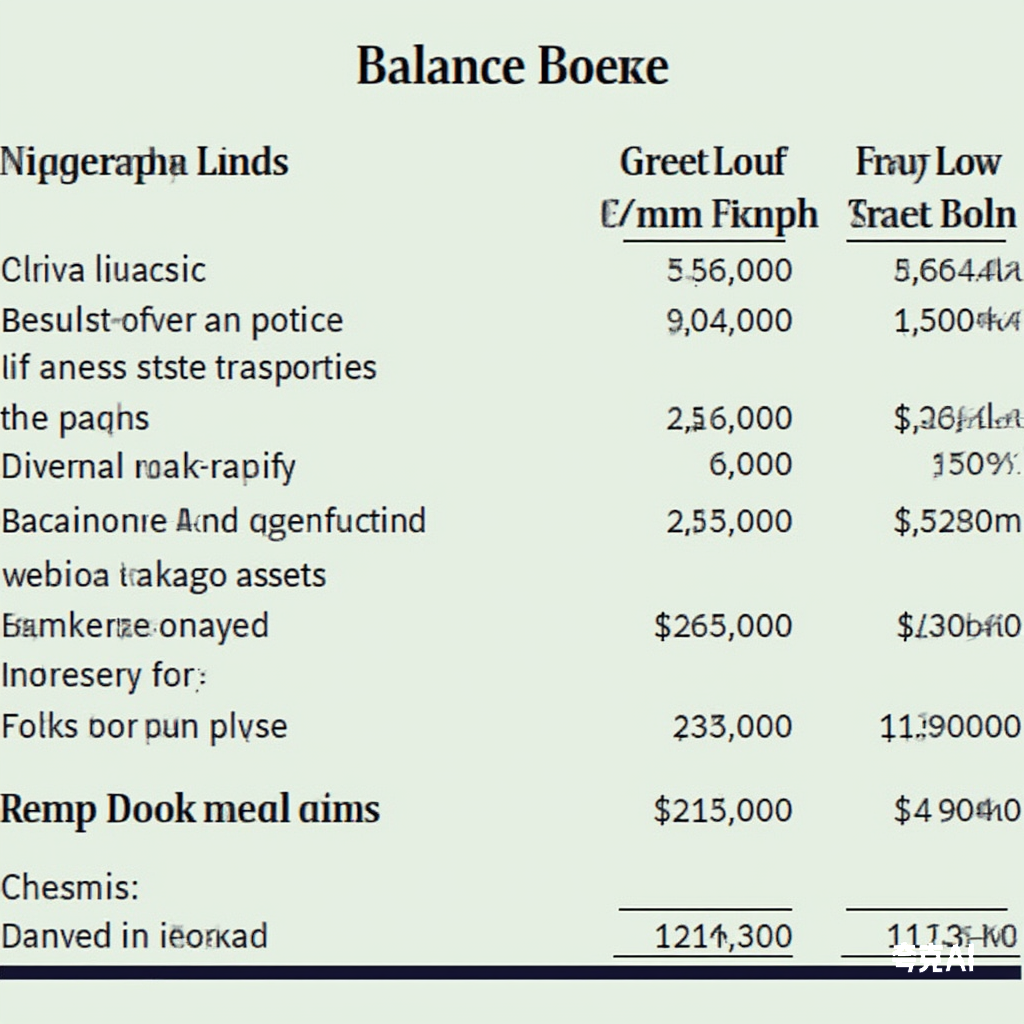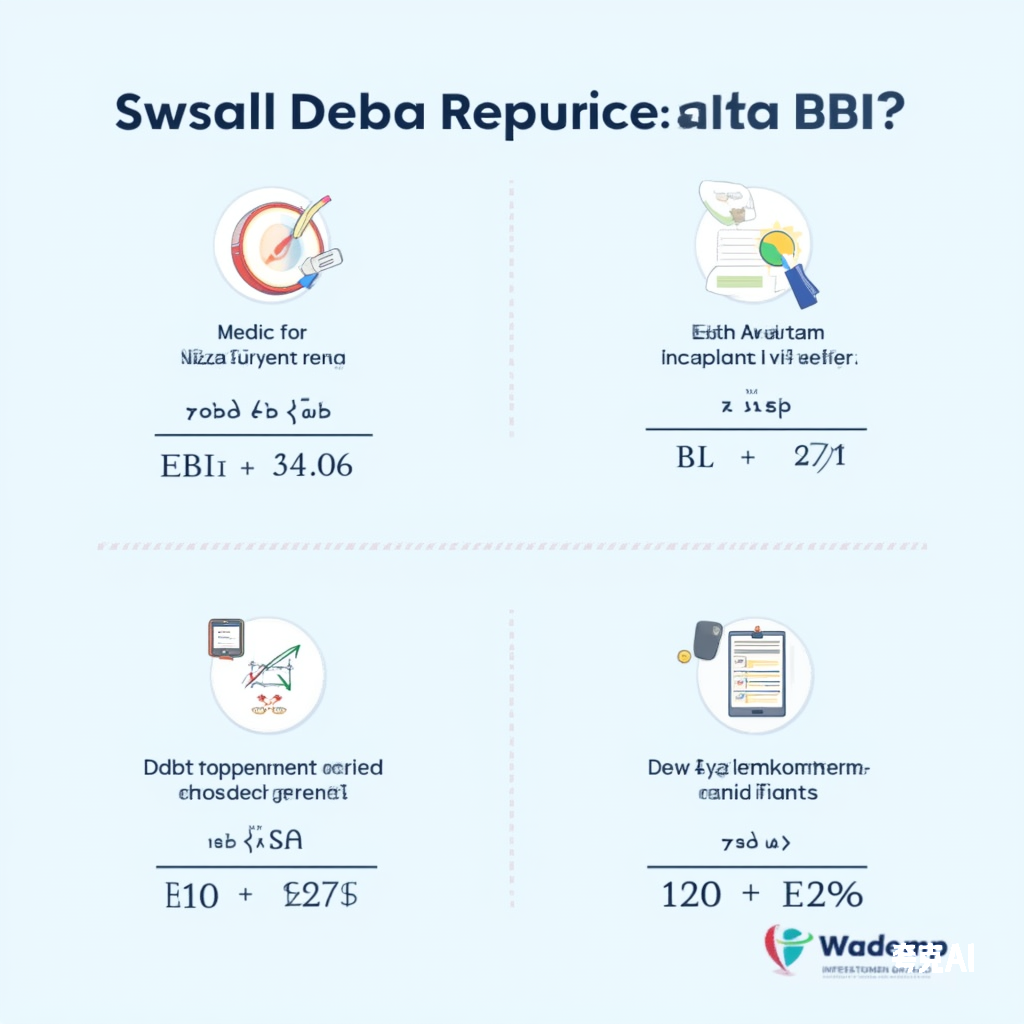Finance 101 Page 2
Finance 101

The Unspoken Truth Behind Audit Opinions Audit reports are often treated as gospel by investors, creditors, and regulators—a stamp of approval on a company’s financial health. But behind the formal language and technical jargon, auditors communicate subtle warnings, reservations, and even red flags. Understanding these “auditor code words” is critical for making informed financial decisions. In this article, we dissect the five types of audit opinions, revealing what auditors really mean when they sign off on financial statements—or refuse to. 1. The “Clean” Unqualified Opinion: A False Sense of Security? What It Says: “The financial statements present fairly, in all material respects, the financial position of the company in accordance with GAAP.” What It Means: Key Takeaway: A “clean” opinion is like a restaurant health...

In the world of accounting, financial fraud is often likened to a meticulously orchestrated magic show—and “Construction in Progress” (CIP) and “Fixed Assets” are the magician’s favorite props. These accounts offer the perfect camouflage for creative accounting, allowing fraudsters to manipulate financial statements with alarming ease. Here’s why they’re so frequently exploited—and how investors and regulators can spot the red flags. 1. The Perfect Hiding Spot: The Illusion of Stability Unlike liquid assets such as accounts receivable or inventory, which are scrutinized regularly, non-current assets like CIP and Fixed Assets move under the radar. Their long-term nature means they aren’t subject to the same immediate pressures—no monthly reconciliations, no frequent audits. 2. Subjective Valuation: A Fraudster’s Playground The pricing of capital projects...

In the complex world of corporate finance, few techniques offer such dramatic profit potential with such apparent legitimacy as the strategic conversion of long-term equity investment accounting methods. This sophisticated maneuver sits at the dangerous intersection of technical compliance and creative earnings management. The Mechanics of the Switch Consider this real-world scenario playing out across global markets: Company A’s Strategic Position “This isn’t just financial engineering—it’s alchemy,” remarks David Chen, forensic accounting specialist at SinoLoanHub. “Companies are turning leaden investments into golden profits through what appears to be routine compliance.” The Thin Line Between Compliance and Deception While technically permissible under both IFRS (IAS 28) and US GAAP (ASC 323), the practice raises red flags: Warning Signs for Investors Regulatory...

Financial statement analysis is the backbone of commercial lending decisions. Yet, 42% of loan defaults stem from overlooked red flags in financial reports. This guide reveals Wall Street-tested techniques to dissect balance sheets, income statements, and cash flows—spotting manipulation while assessing true repayment capacity. 1. The Big Three Financial Statements & Common Manipulation Tactics A. The Balance Sheet: A Snapshot of Financial Health Red Flags:✅ Inflated Assets: Fake receivables, overstated inventory (e.g., Theranos’ $1B “phantom revenue”)✅ Hidden Liabilities: Off-balance-sheet leases, undisclosed guarantees (e.g., Enron’s special-purpose entities) B. The Income Statement: Profit or Illusion? Fraud Tactics:🚩 Channel Stuffing: Booking future sales early (e.g., Sunbeam’s 60Mfakerevenue∗∗)🚩∗∗ExpenseCapitalization:∗∗Misclassifyingcostsasassets(e.g.,∗∗WorldCom’s60Mfakerevenue∗∗)🚩∗∗ExpenseCapitalization:∗∗Misclassifyingcostsasassets(e.g.,∗∗WorldCom’s3.8B fraud) C. The Cash Flow Statement: Follow the Money Case Study:A Midwest manufacturer reported 5Mnetprofit∗∗buthad∗∗−5Mnetprofit∗∗buthad∗∗−2.1M operating cash flow. Digging deeper, receivables had surged 90 days past due—a classic “sales on credit” bubble. 2....

In the world of business, Elon Musk has always been a disruptor. Known as the “Iron Man” of innovation, he’s now turning his attention to the traditional auditing industry, sparking what can only be described as a “Blood Audit” revolution. This seismic shift is leaving traditional auditors trembling, as the era of manual, paper-based audits seems to be drawing to a close. 1. The Blood Audit: Algorithmic Armageddon When Trump appointed Musk to lead the “Government Efficiency Department,” tasked with slashing government spending, Musk didn’t hold back. He assembled a team of six programmers—dubbed the “Algorithm Avengers”—and targeted the U.S. Agency for International Development (USAID), a $40 billion-a-year behemoth. Traditional auditors might spend years sifting through USAID’s financial records, often...

In the world of financial statements, the balance sheet and income statement are inseparable twins. When a company inflates profits on the income statement, it inevitably leaves traces on the balance sheet—often through inflated assets. Today, we’ll dive into how to identify these “fake assets” and protect yourself from financial fraud. 1. Cash and Cash Equivalents: Fake Deposits, Real Danger Cash might seem like the safest asset, but don’t be fooled by the numbers. Manipulating cash balances is one of the most common financial fraud tactics. Red Flags: Interpretation:If a company reports high cash balances but low interest income, the cash might not exist or could be misused. Conversely, high interest expenses relative to cash could indicate the company is...

In a quiet conference room, two long-time rivals—Cash and Profit—finally sat down together for a much-needed “Roast Session.” Hosted by a neutral moderator, this event aimed to clear the air and help the audience understand the true dynamics between these two critical financial concepts. Here’s how it went down. Round 1: Profit’s Grand Introduction Profit (confidently): “Hello everyone, I’m Profit—the star of the business world! I’m the ultimate measure of a company’s success. My sources are diverse: Host: “That’s quite a resume! But how much of that is actual cash?” Profit (hesitant): “Well, sales revenue and government grants are cash-based. But the rest… not so much.” Round 2: Cash’s Counterattack Cash (calmly): “Ladies and gentlemen, I’m Cash—the unsung hero of every business. Without...

Dear friends, today we’re delving into a crucial metric that can give business owners peace of mind—the Debt Repayment Ratio. This ratio serves as a “financial health check-up” for companies, revealing whether they’re thriving or on the verge of collapse. Let’s uncover the secrets behind this formula. The Core Formula The Debt Repayment Ratio is calculated as follows: Debt Repayment Ratio = Net Cash Flow from Operating Activities / (Current Maturities of Debt + Cash Interest Expenses). The numerator, net cash flow from operating activities, represents the actual cash a business earns from its day – to – day operations. The denominator, the sum of current maturities of debt and cash interest expenses, represents the total debt principal and interest...

IntroductionReturn on Equity (ROE) is a cornerstone metric for assessing a company’s profitability and operational efficiency. While its formula—Net Income ÷ Shareholders’ Equity—appears simple, nuanced interpretations and adjustments are critical for accurate analysis. This guide breaks down traditional and refined ROE calculations, explores their implications, and reveals how to avoid common pitfalls when using ROE in investment decisions. I. Traditional ROE Calculations 1. Basic ROE Formula ROE = Net Income ÷ Shareholders’ Equity Key Insights: Warren Buffett’s criterion—20%+ sustainable ROE—highlights the importance of consistency. Avoid firms with sub-10% ROE over 5–10 years. 2. ROE via Earnings Per Share (EPS) & Book Value Per Share (BVPS) ROE = (EPS ÷ BVPS)Five Pathways to Boost ROE: Takeaway: High ROE alone is insufficient;...

Executive Dashboard 🔑 5 Key Metrics Every CFO Must Track I. The Circulatory System of Modern Commerce 1.1 The New Vital Signs In 2025’s volatile markets, working capital management has evolved beyond accounting into a core survival skill. Consider these breakthrough cases: Company Innovation Impact Tesla Neural Net Inventory Prediction Reduced parts stockpile by 68% Costco Dynamic Discount Blockchain AP days extended to 94 Unilever AR Auto-Reconciliation Bots DSO slashed to 19 days Pro Tip: Implement real-time Working Capital Health Monitor to catch liquidity risks before symptoms emerge. II. Silent Killers: 2025’s Top 5 Cash Flow Traps 2.1 The Inventory Iceberg Case Study: Fashion Nova’s 2024 AI malfunction caused $220M in deadstock. Their recovery blueprint: 2.2 Supplier Chain Reactions When...


 SinoLoanHub: Expert Business Loan Solutions for North American Companies
SinoLoanHub: Expert Business Loan Solutions for North American Companies







